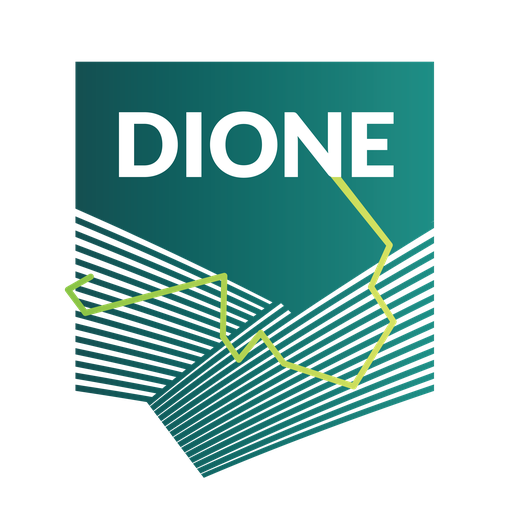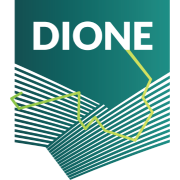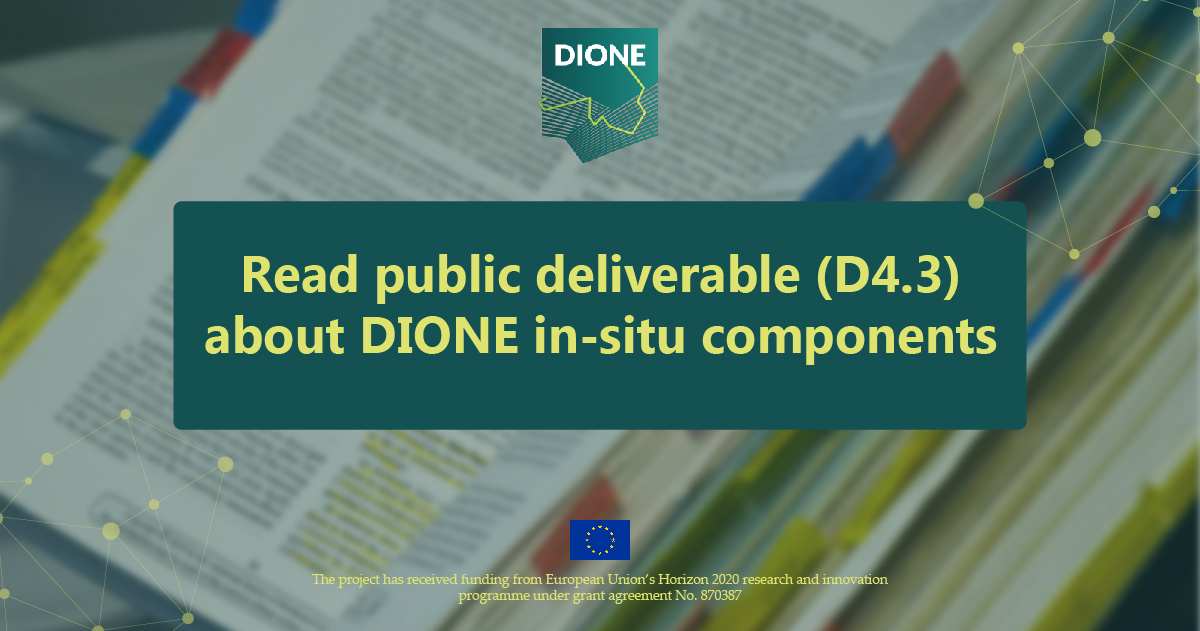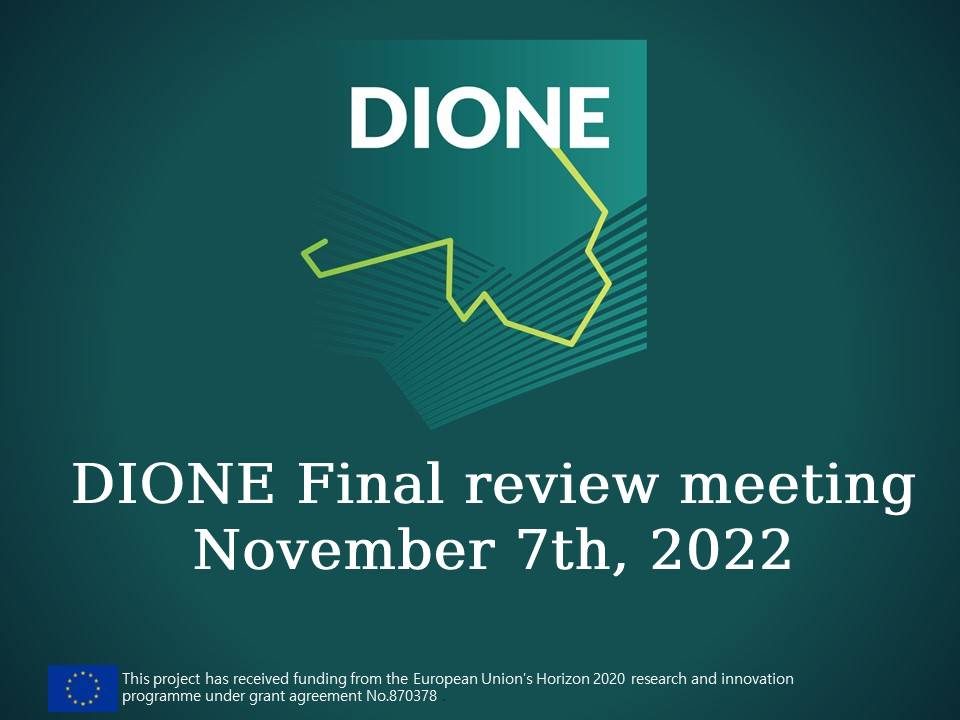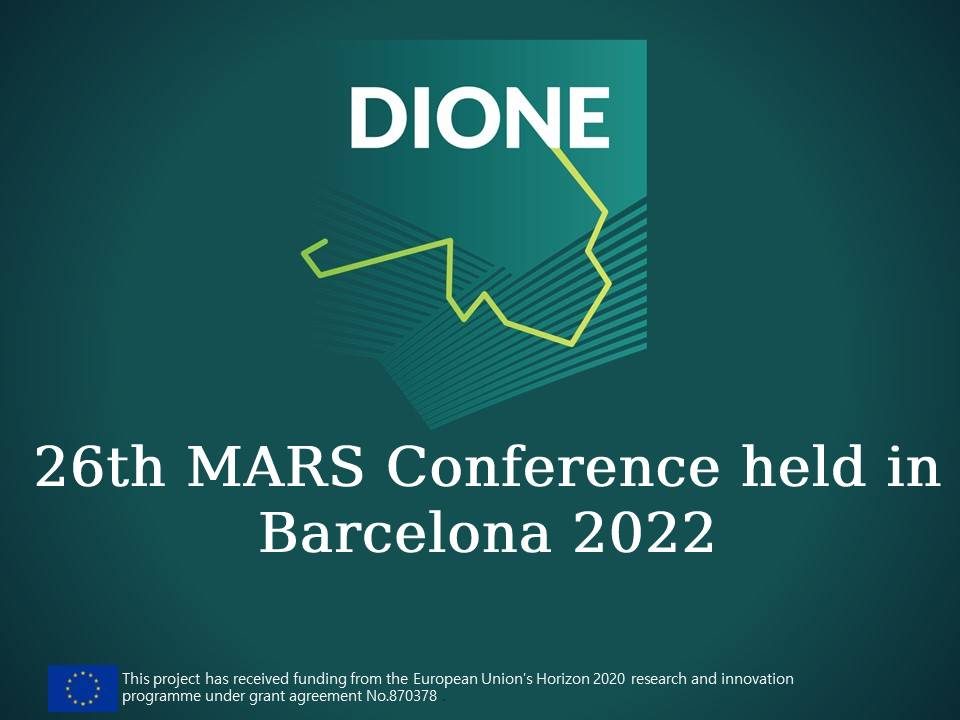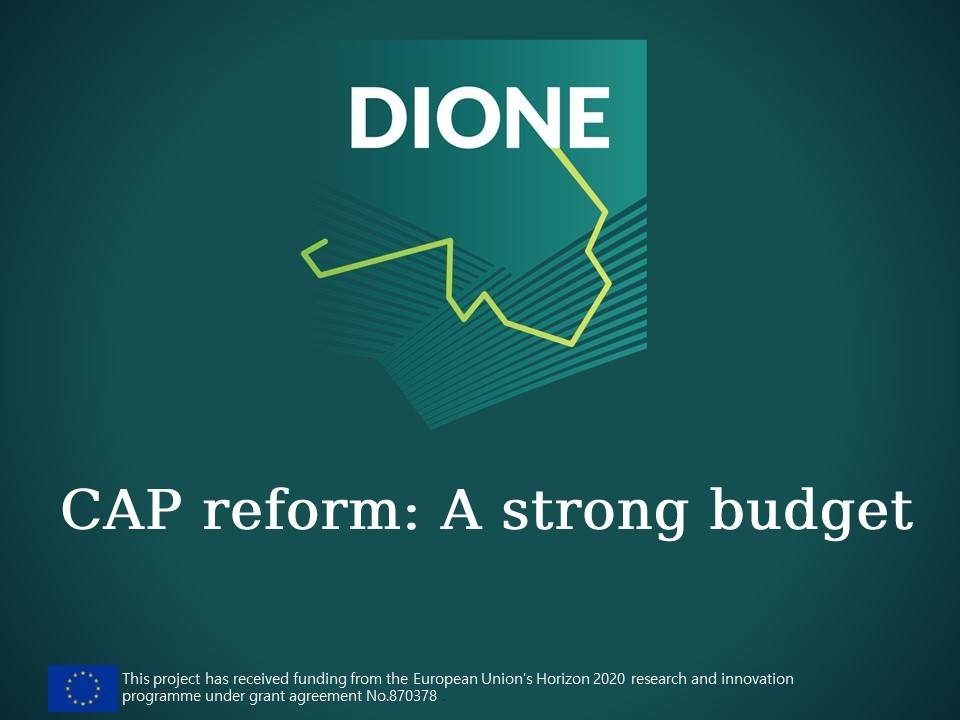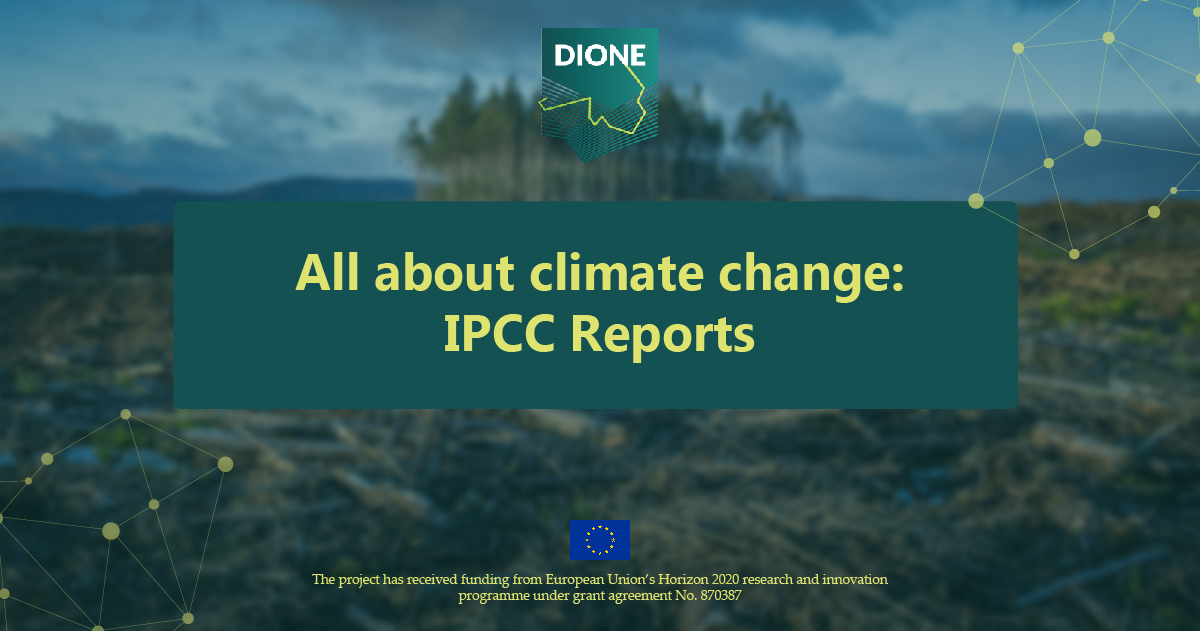
All about climate change: IPCC Reports
August 20, 2021
D5.1 Environmental metrics methodology for ML-system
August 26, 2021What is D4.3 “Implementation and development of systems; SSS, data processing and geo-tagged photos framework alpha versions (alpha version)” about?
The main objective of this public deliverable, produced by ICCS, is to provide an overview of the DIONE in-situ components. Alongside other two overarching elements (DIONE Earth Observation and DIONE Green Accountability), DIONE In-situ components comprise DIONE Toolbox, an integrated EO-based toolbox exploiting automated technologies to ensure more frequent, accurate and inexpensive CAP area-based compliance checks while also enabling the assessment of the respective environmental impact.
The deliverable describes the technical details from the implementation and development of the alpha versions of the DIONE in-situ components aiming to establish a complete ecosystem of low-cost and easy to use smart tools and techniques for the accumulation of the in-situ information.
The first in-situ component are low-cost, portable, and handheld miniaturized spectrometers operating in the visible and near-infrared (VNIR) range and realized using microelectromechanical systems (MEMs) which provide ground truth soil measurements. Such component can be connected wirelessly to a mobile device (e.g., smartphone, tablet) and operated by non-experts (point and shoot operation) to amass a significant wealth of information at the in-situ level. The plan is also to further translate the miniaturised spectrometers to key soil properties that will be combined also with open EO data to develop soil maps for the two project pilot areas in Lithuania and Cyprus.
The second component, in the form of geo-tagged photos captured via smartphones, provides an improved method for additional evidence regarding the Common Agricultural Policy (CAP) compliance monitoring while simultaneously ensuring untampered process. The component allows the capture of geo-tagged photos by farmers in a user-friendly way with high degree of quality and trust. The framework consists of two parts, a mobile application used by the farmer to capture the photos and a server process that validates the received information and ensures the data integrity.
Finally, data from previous two components are concentrated in central data processing and storage system to ensure their quality and to provide user-friendly APIs for the curated data contained. The system ensures that only authorized parties are used as sources of the received data, that the integrity of the data and metadata is not compromised, that no data with highly variable/outlier nature are going to be used and that appropriate forms of data storage will be used to ensure easy retrieval.
Development of in-situ components, therefore, sets forth following advantages for its users: : (i) user-friendly interfaces which can be used by non-experts, (ii) secure protocols and processes to provide the security services of encryption, authentication, and data integrity, (iii) advanced data analytics and processing to validate the data and metadata, (iv) novel machine learning algorithms to transform the in-situ data to spatial explicit maps of key soil properties and indices quantifying the current level of land degradation in the referenced land parcels.
To read D4.3, click here
The deliverable describes the technical details from the implementation and development of the alpha versions of the DIONE in-situ components aiming to establish a complete ecosystem of low-cost and easy to use smart tools and techniques for the accumulation of the in-situ information.
The first in-situ component are low-cost, portable, and handheld miniaturized spectrometers operating in the visible and near-infrared (VNIR) range and realized using microelectromechanical systems (MEMs) which provide ground truth soil measurements. Such component can be connected wirelessly to a mobile device (e.g., smartphone, tablet) and operated by non-experts (point and shoot operation) to amass a significant wealth of information at the in-situ level. The plan is also to further translate the miniaturised spectrometers to key soil properties that will be combined also with open EO data to develop soil maps for the two project pilot areas in Lithuania and Cyprus.
The second component, in the form of geo-tagged photos captured via smartphones, provides an improved method for additional evidence regarding the Common Agricultural Policy (CAP) compliance monitoring while simultaneously ensuring untampered process. The component allows the capture of geo-tagged photos by farmers in a user-friendly way with high degree of quality and trust. The framework consists of two parts, a mobile application used by the farmer to capture the photos and a server process that validates the received information and ensures the data integrity.
Finally, data from previous two components are concentrated in central data processing and storage system to ensure their quality and to provide user-friendly APIs for the curated data contained. The system ensures that only authorized parties are used as sources of the received data, that the integrity of the data and metadata is not compromised, that no data with highly variable/outlier nature are going to be used and that appropriate forms of data storage will be used to ensure easy retrieval.
Development of in-situ components, therefore, sets forth following advantages for its users: : (i) user-friendly interfaces which can be used by non-experts, (ii) secure protocols and processes to provide the security services of encryption, authentication, and data integrity, (iii) advanced data analytics and processing to validate the data and metadata, (iv) novel machine learning algorithms to transform the in-situ data to spatial explicit maps of key soil properties and indices quantifying the current level of land degradation in the referenced land parcels.
To read D4.3, click here
